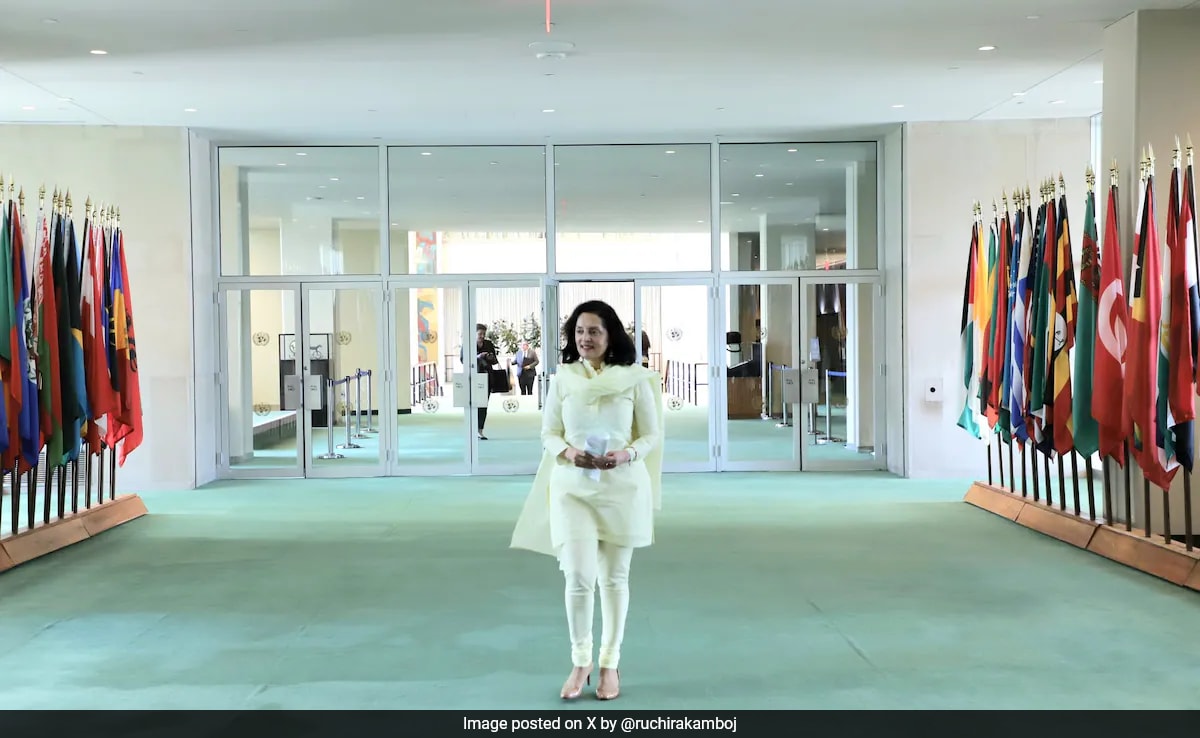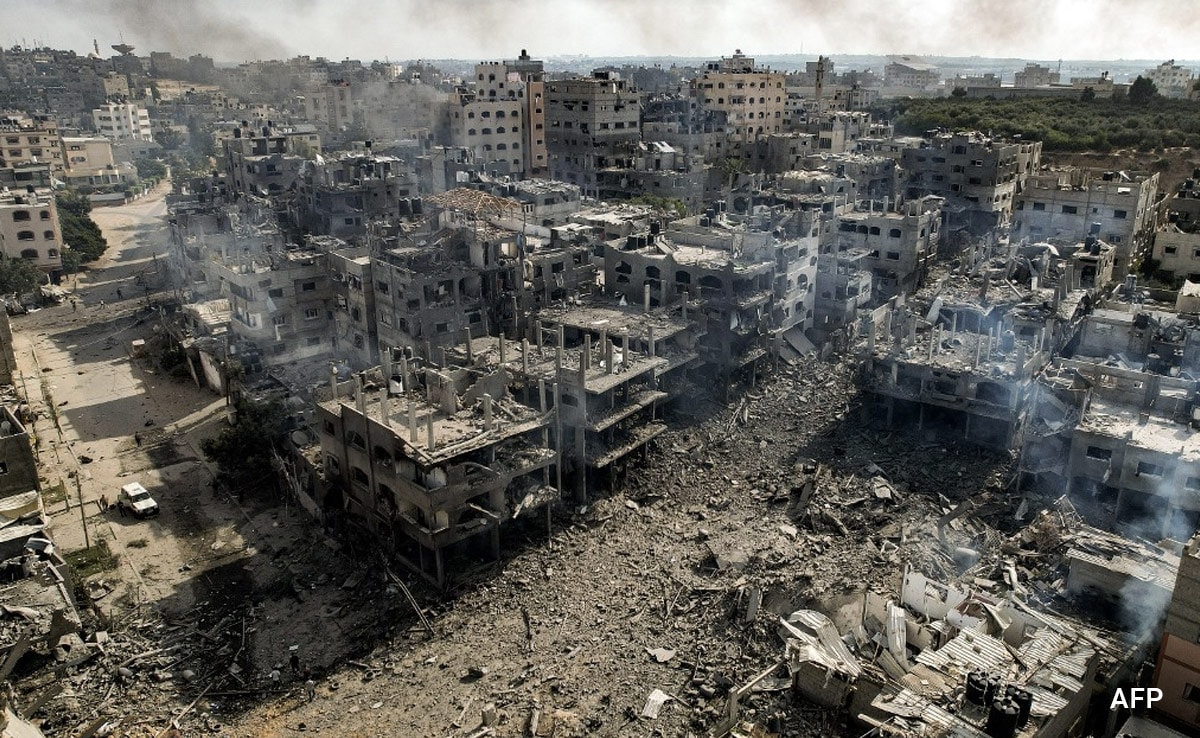A view of the border post, in Petrapole, India. File
| Photo Credit: AP
“Trade between India and Bangladesh through Petrapole land port in West Bengal, resumed on Thursday morning (August 8, 2024) amid tight security,” officials said.
Also Read: Bangladesh crisis LIVE updates
The two South Asian neighbours’ trade came to a halt on August 5 following the fall of the Sheikh Hasina government in Bangladesh and it partially resumed on Wednesday through several land ports in West Bengal, except Petrapole. Bilateral trade via Petrapole is the highest among all land ports shared with Bangladesh.

“Trade began from Petrapole since morning. There was a meeting yesterday with stakeholders from both countries to resolve the stalemate,” an official said, declining to be quoted.
Sajedur Rahman, general secretary of the Benapole C&F Staff Association, had said after the meeting on Wednesday evening (August 7, 2024) that trade is expected to resume in the morning on Thursday. Benapole is located on the Bangladesh side of the Petrapole border in West Bengal.
Trade, mostly of perishable goods, partially resumed at land ports such as Hili, Changrabandha, Mahadipur, Fulbari, and Gojadanga on Wednesday.
Officials said that in the wake of the Hasina government’s fall following large-scale violent protests against her government, India heightened security on the border.
The Director General of the Border Security Force (BSF) visited Petrapole on Tuesday (August 6, 2024) to review the situation along the international boundary amid the crisis in Bangladesh.
Bangladesh is India’s largest trade partner in South Asia, and India is the second-largest trade partner of Bangladesh in Asia. India’s exports to Bangladesh dipped to $11 billion in 2023-24 from $12.21 billion in 2022-23. Imports also declined to $1.84 billion in the last fiscal year from $2 billion in 2022-23.
India’s main exports to Bangladesh include vegetables, coffee, tea, spices, sugar, confectionery, refined petroleum oil, chemicals, cotton, iron and steel, and vehicles. In contrast, Bangladesh’s exports to India are concentrated in a few categories, with textiles and garments comprising 56% of their shipments.














